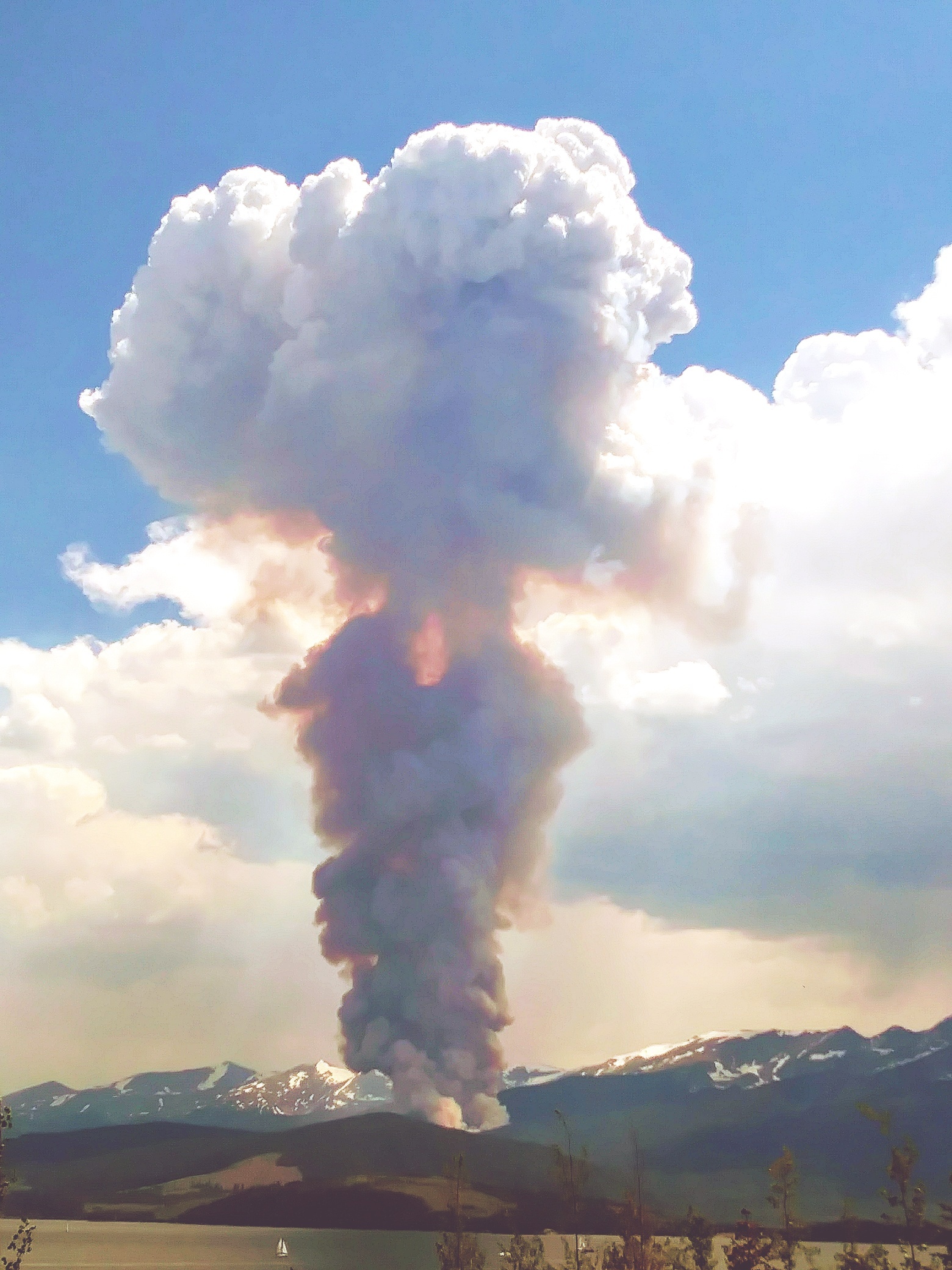Climate & Natural Hazards
 Goal: Reduce Colorado’s risk from climate change and natural hazards through integrated land use, ecosystem, and natural resource planning, management, and investment.
Goal: Reduce Colorado’s risk from climate change and natural hazards through integrated land use, ecosystem, and natural resource planning, management, and investment.
Strategy 1: Align climate change data, metrics, and standards.
What this looks like: Standardize climate models used for scenario planning and integrate projected climate change impacts into the State, regional, and local planning efforts. Define performance metrics and track results to demonstrate improvements in reducing risks from or improving resiliency to climate change and natural hazards.
Strategy 2: Resilient watershed-based management and best practices planning and project identification.
What this looks like: Integrate stream, watershed, and forest management planning efforts, using a holistic watershed approach to identify crosscutting projects that are a high priority, impactful to improving climate and natural hazard resiliency, and provide multiple resiliency benefits.
Strategy 3: Integrate forest health and wildfire risk mitigation into land use and development processes to reduce wildfire risk and exposure.
What this looks like: Provide tools (e.g., model codes, technical assistance) for land use authorities to use in the wildland-urban interface; prioritize work that will reduce new development in high-risk areas and the number of people exposed to high wildfire risks.
Strategy 4: Build local capacity, resources, and incentives to implement resiliency projects.
What this looks like: Build local capacity, resources, and incentives to implement projects that improve climate and natural hazard resilience.
